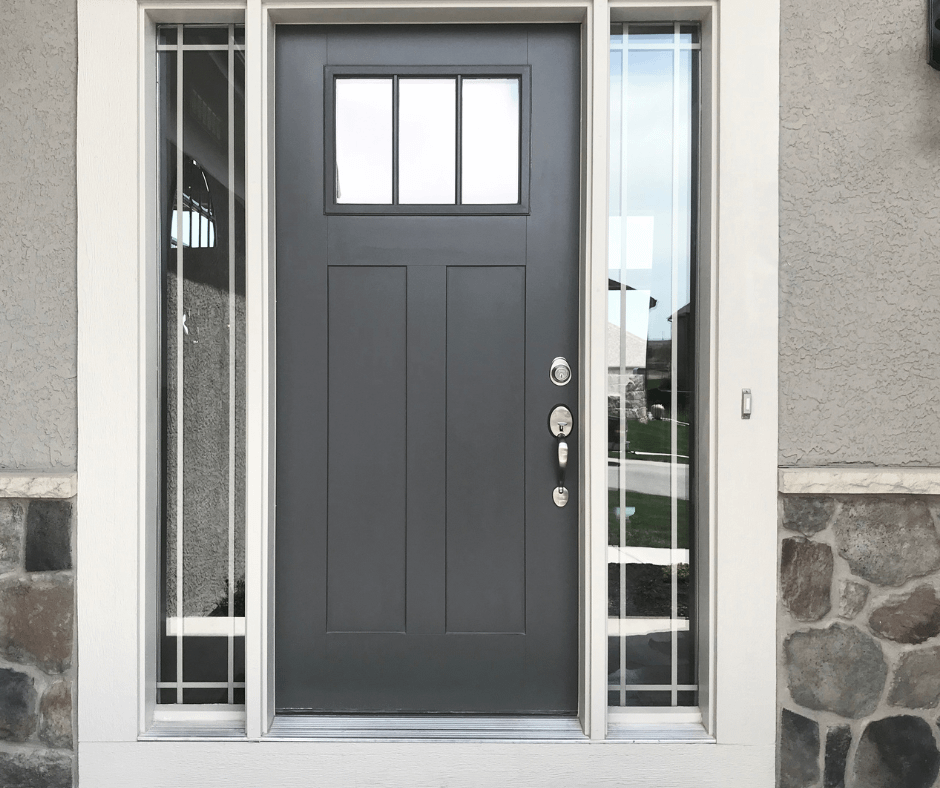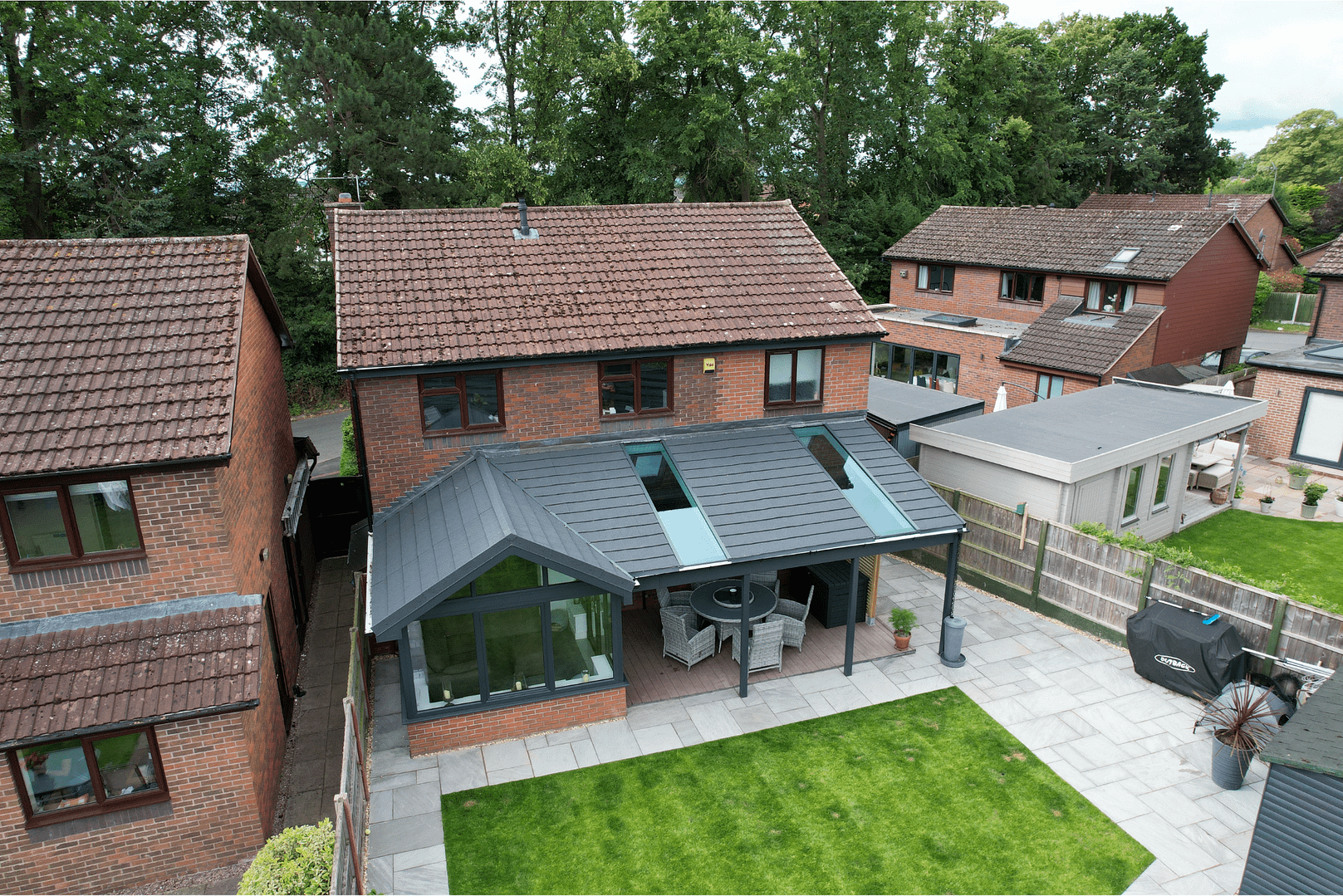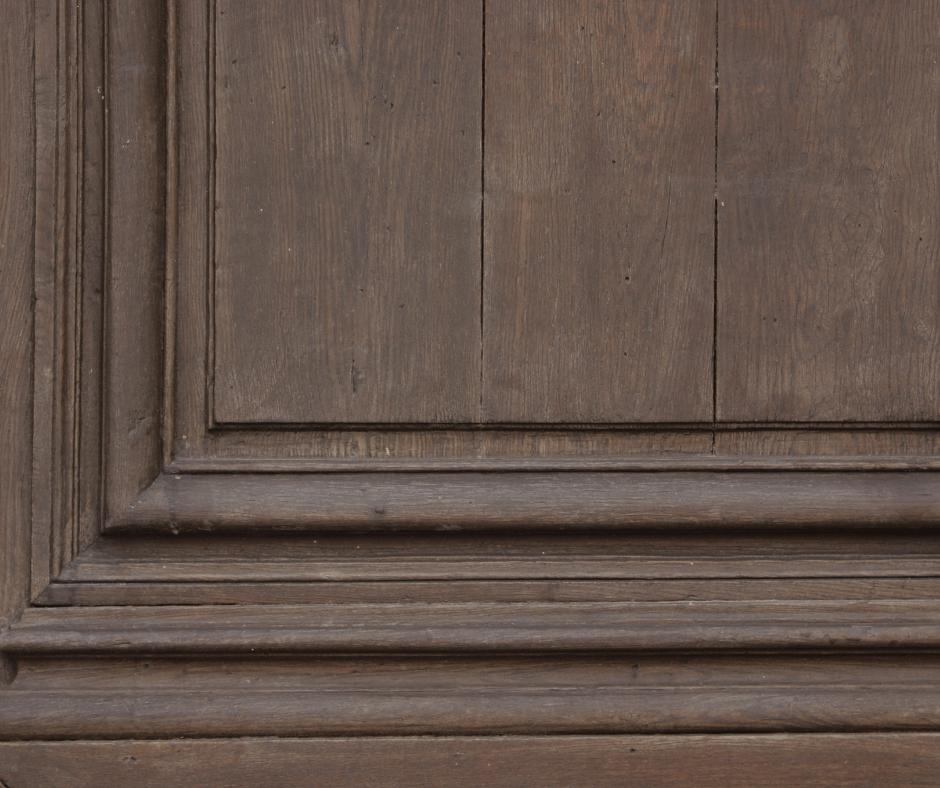Composite doors are a popular choice for homeowners. They offer excellent durability, energy efficiency, and stylish designs. Unlike traditional wooden or uPVC doors, composite doors combine multiple materials to provide superior performance. However, like any product, problems can occur. You may be wondering what are the common problems with composite doors?
These may include swelling in heat, sticky locks, or draughts. Understanding these issues can help you address them quickly and maintain your door’s functionality.
This guide will explore the most common composite door problems and offer simple, practical solutions. You’ll also learn about maintenance tips and the many benefits of composite doors. Whether you’re dealing with an issue or considering a new door, this post has you covered.
What Are Composite Doors?
A composite door is a type of exterior door designed to combine the best features of multiple materials into one high-performing product. Unlike traditional doors made from a single material, composite doors are constructed from a blend of wood, uPVC, fibreglass, insulating foam, and reinforced steel or aluminium frames. This layered construction gives them superior strength, energy efficiency, and durability compared to standard wooden or uPVC doors.
The solid wood core adds weight and robustness, mimicking the feel of a traditional timber door. The fibreglass outer layer provides weather resistance, ensuring the door remains undamaged by rain, wind, or harsh sunlight. A uPVC skin offers a sleek, low-maintenance finish that resists scratches and fading, while the insulating foam core traps heat, keeping your home warm and reducing energy bills. Reinforced frames and advanced locking systems make composite doors a secure choice for any home.
We have written a full blog on this topic, if you’d like more info about what a composite door is.
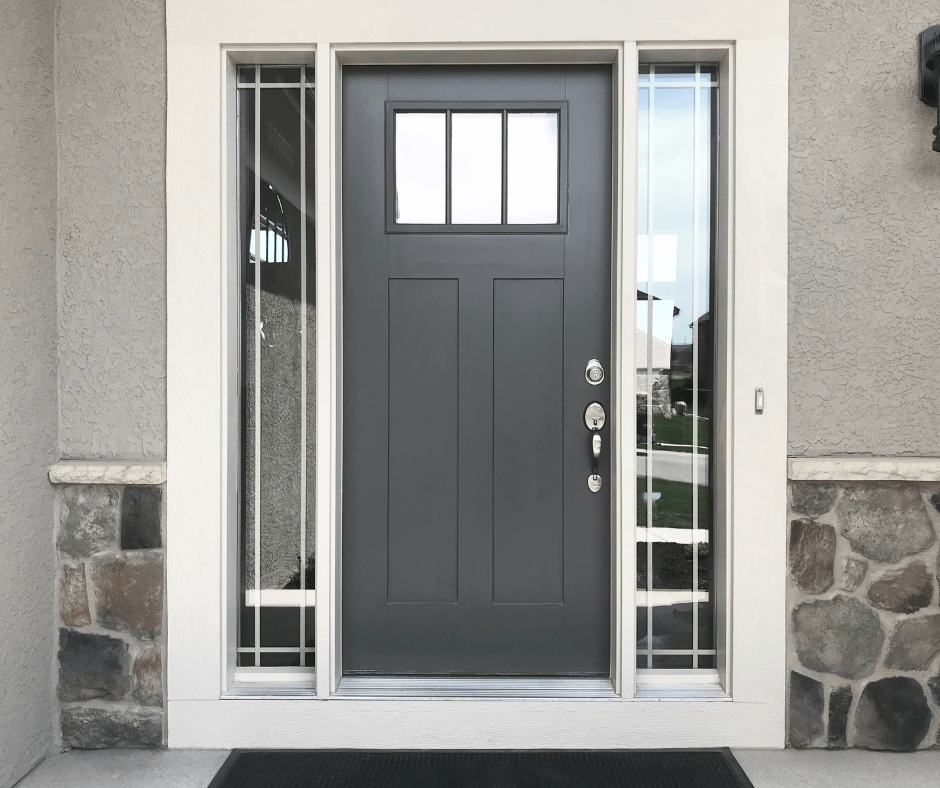
Why Composite Doors Are Popular
Composite doors are renowned for their many benefits, making them a favourite among UK homeowners.
- High Security: The reinforced core and advanced locking mechanisms offer exceptional protection against intruders.
- Energy Efficiency: Composite doors help reduce heat loss, lowering energy bills and improving comfort.
- Noise Reduction: The solid core and weather seals minimise external noise, creating a quieter living space.
- Kerb Appeal: With a variety of colours, finishes, and designs available, composite doors enhance the exterior of any property.
Their combination of durability, efficiency, and style makes composite doors a smart investment for any home.
Common Problems with Composite Doors
While composite doors are known for their durability and reliability, they can occasionally develop issues. Below, we explore the most common problems, their causes, and practical solutions to keep your door functioning perfectly.
1. Door Swelling and Warping in Heat
High temperatures can cause composite doors to expand, leading to swelling or warping. This often results in difficulty opening or closing the door, especially during the summer months. Dark-coloured composite doors are more prone to this issue, as they absorb more heat when exposed to direct sunlight.
How to Address Swelling and Warping:
- Adjust the hinges to ensure the door fits properly within the frame.
- Install a door canopy or awning to reduce exposure to sunlight.
- Consider lighter-coloured composite doors to minimise heat absorption.
Preventing heat-related warping will keep your door functional and extend its lifespan.
2. Composite Door Cracking Problems
Cracking can occur due to impact damage, stress on the material, or poor-quality manufacturing. Over time, these cracks may worsen, affecting the door’s appearance and structural integrity.
How to Fix Cracking Problems:
- Minor cracks can often be filled with specialist composite repair products.
- For larger cracks or extensive damage, replacing the door might be the best solution.
- Choose high-quality composite doors from reputable suppliers like Celestial Windows to avoid manufacturing defects.
3. Sticky Locks and Locking Mechanism Problems
Sticky locks are a common complaint with composite doors. This issue often arises due to dirt buildup, misaligned locking mechanisms, or internal wear and tear.
Solutions for Sticky Locks:
- Clean the lock thoroughly to remove dirt or debris.
- Lubricate the lock with graphite or silicone spray to ensure smooth operation.
- If the problem persists, check the alignment of the locking mechanism and adjust as needed.
- Replace the lock entirely if it shows signs of excessive wear.
Regular maintenance can prevent lock issues and improve your door’s security.
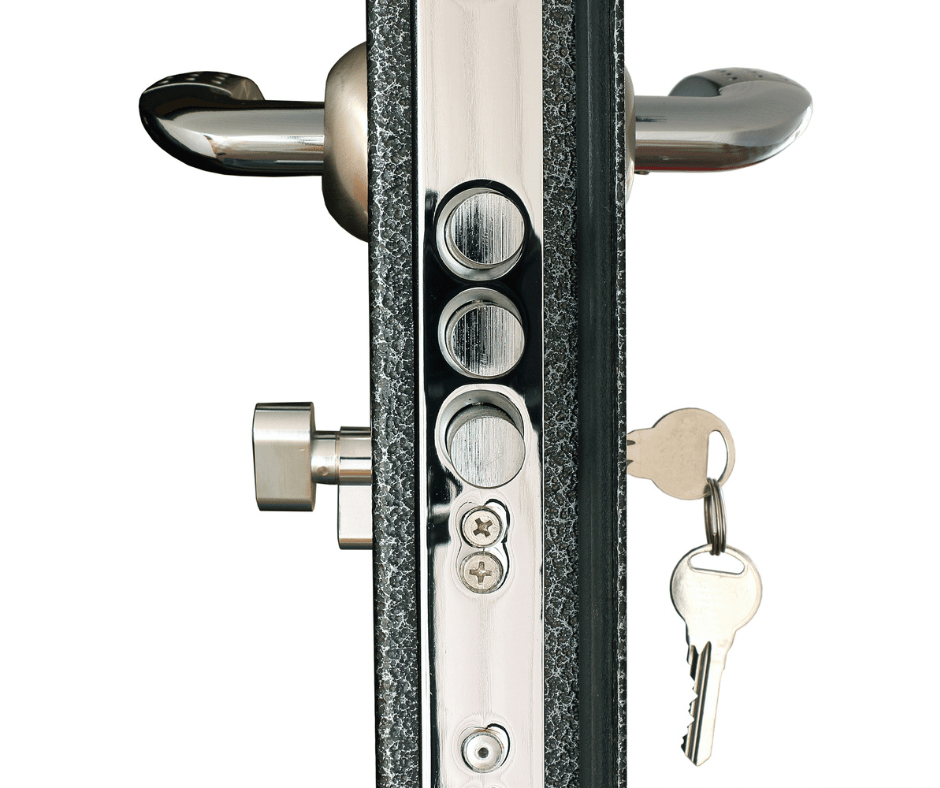
4. Dropped Hinges or Misaligned Doors
Over time, hinges on composite doors may loosen, causing the door to drop or become misaligned. This can lead to the door catching on the frame or failing to close properly.
How to Fix Misaligned Hinges:
- Tighten or adjust the hinges to realign the door with the frame.
- Inspect the frame for structural issues that may contribute to the misalignment.
- For ongoing problems, consider upgrading to high-quality hinges or consulting a professional installer.
5. Staining or Discolouration
Composite doors can stain or fade due to exposure to UV rays, dirt, or pollution. This issue is most common in areas with high sunlight or poor air quality.
How to Prevent and Treat Staining:
- Clean the door regularly using non-abrasive cleaners to remove dirt and grime.
- Apply a UV-resistant protective coating to prevent fading.
- Avoid using harsh chemicals that may damage the surface finish.
Proper care will keep your door looking new and vibrant for years to come.
6. Fading Due to UV Exposure
Direct sunlight can cause composite doors to fade over time, especially darker-coloured doors. This can diminish the door’s appearance and reduce kerb appeal.
How to Minimise Fading:
- Opt for lighter colours that reflect sunlight and resist fading.
- Apply UV-resistant finishes to enhance the door’s durability.
- Use a door canopy to provide shade and protect the surface from prolonged exposure.
7. Draughts and Poor Sealing
Worn weather seals or improper installation can lead to draughts, making your home less energy-efficient and increasing heating costs.
How to Fix Draughts:
- Inspect the weather seals around the door and replace any that are damaged or worn.
- Adjust the door’s fit within the frame to eliminate gaps.
- Ensure the door is professionally installed to prevent sealing issues from the outset.
Regular checks will help maintain energy efficiency and comfort in your home.
8. Blocked Drainage Holes
Composite doors often feature drainage holes to prevent water pooling. When these holes become clogged with debris, it can lead to water damage or leaks.
How to Clear and Maintain Drainage Holes:
- Use a small brush or pipe cleaner to remove debris from the holes.
- Clean the door frame regularly to prevent blockages.
- Check the drainage system during routine maintenance to ensure proper water flow.
Keeping drainage holes clear protects your door and frame from potential water damage.
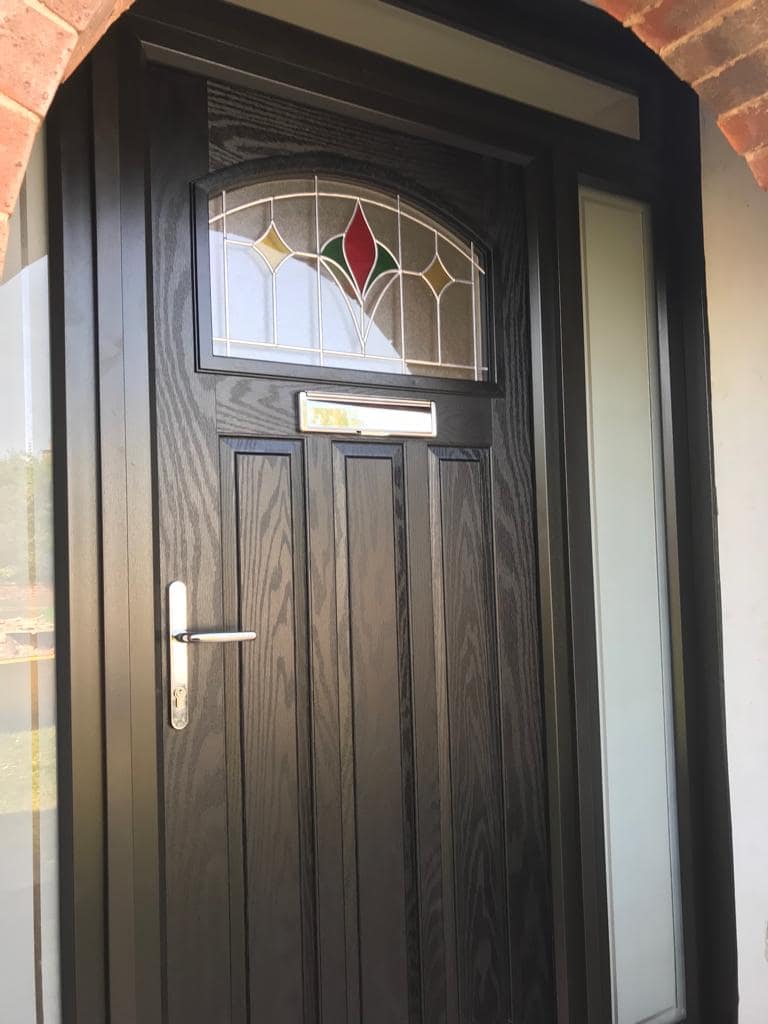
Benefits of Composite Doors
Composite doors are a smart investment for homeowners looking for a blend of practicality, style, and longevity. They offer a host of advantages that make them one of the most popular choices for exterior doors in the UK.
- Durability: Composite doors are built to last. Their robust construction, which combines materials like fibreglass, uPVC, and a solid core, resists warping, cracking, and weather damage.
- Low Maintenance: Unlike wooden doors that require regular varnishing or painting, composite doors only need occasional cleaning to stay in great condition.
- Energy Efficiency: Thanks to their insulated foam core and tight weather seals, composite doors help keep your home warm and reduce energy bills.
- High Security: With reinforced frames and advanced locking mechanisms, composite doors provide excellent protection against intruders.
Composite Doors vs uPVC Doors
When comparing composite doors to uPVC doors, the differences in materials and performance are clear.
- Materials: Composite doors combine multiple materials, including wood and insulating foam, for strength and energy efficiency. uPVC doors, on the other hand, are made from a single plastic material, making them lighter and less robust.
- Performance: Composite doors excel in insulation, soundproofing, and security. While uPVC doors offer decent performance, they often fall short in these areas. They came top in our best front doors for insulation guide.
- Aesthetics: Composite doors come in a wider range of styles, colours, and finishes, often mimicking the look of real wood. uPVC doors typically have a more basic appearance. Check out our guide comparing upvc doors against composite doors.
- Cost: uPVC doors are more affordable, starting at around £340, while composite doors start at £750. The higher cost of composite doors reflects their superior quality and longevity.
For homeowners prioritising long-term value and high performance, composite doors are the clear winner.
Are Composite Doors Worth the Investment?
Absolutely. Composite doors are designed to last for 20–30 years with minimal maintenance, making them a cost-effective choice in the long run. Their durability, security, and energy efficiency reduce repair and heating costs, saving you money over time.
Additionally, their attractive designs and premium finishes can increase your home’s kerb appeal and overall value. While the upfront cost of a composite door may be higher than alternatives like uPVC, the benefits far outweigh the initial investment.
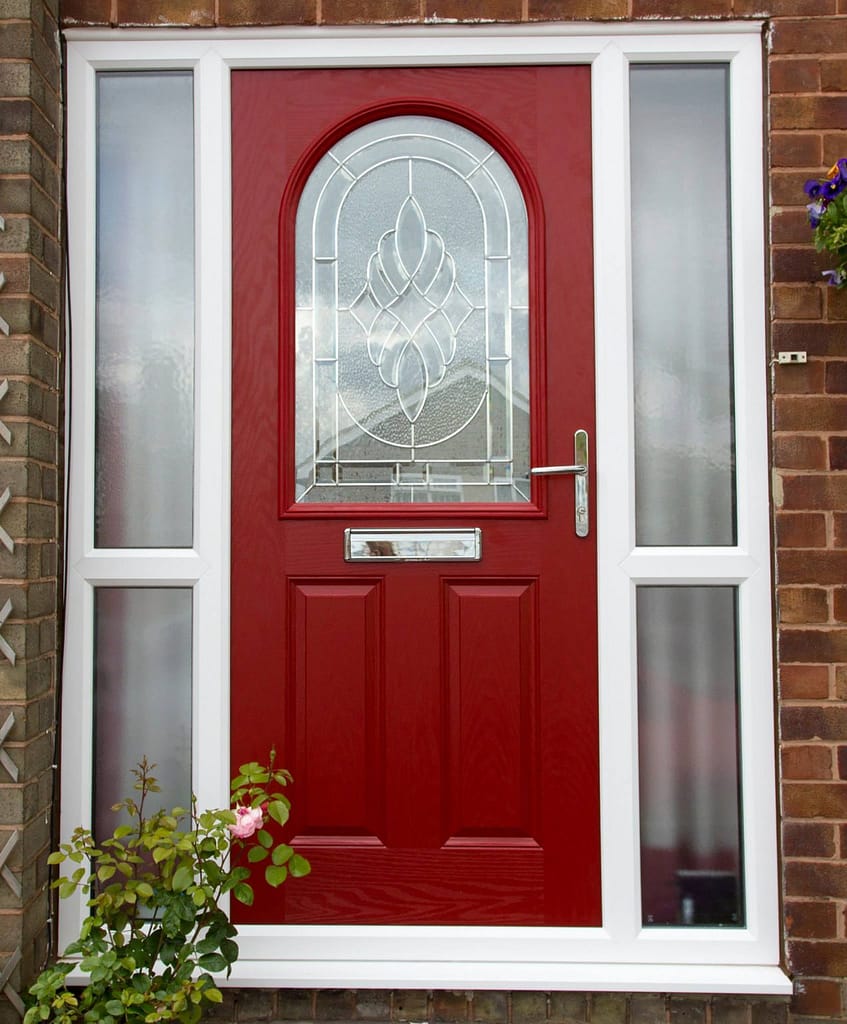
Preventing Common Composite Door Problems
Taking care of your composite door doesn’t have to be complicated or time-consuming. With regular maintenance, you can keep your door looking great and functioning perfectly for years to come. Below, we explain simple but effective ways to maintain your composite door.
Cleaning Your Composite Door
Dirt and grime can build up on your door’s surface over time, especially if it’s exposed to the elements. Regular cleaning not only improves its appearance but also helps preserve its finish.
- What to Use: Prepare a bucket of warm, soapy water using a mild detergent. Avoid harsh chemicals or abrasive cleaners, as these can damage the door’s surface or protective coatings.
- How to Clean: Use a soft cloth or sponge to wipe down the door, paying close attention to areas around the handle and edges where dirt often accumulates.
- Rinse and Dry: After cleaning, rinse the door with clean water to remove any soap residue. Dry it with a soft, lint-free cloth to prevent water spots.
Clean your composite door at least every three months, or more frequently if it’s in a high-traffic area or exposed to heavy rain or pollution.
Lubricating Locks
Sticky or stiff locks can make opening and closing your door frustrating. Regular lubrication ensures the locking mechanism operates smoothly and prevents unnecessary wear.
- Choose the Right Lubricant: Use a silicone-based lubricant or graphite spray, as these won’t attract dust or grime like oil-based products.
- Apply the Lubricant: Spray or apply a small amount of lubricant directly into the keyhole and on any visible moving parts of the locking mechanism.
- Test the Lock: Insert and turn the key several times to distribute the lubricant evenly.
Replacing Weather Seals
Weather seals around your composite door are vital for keeping out draughts, moisture, and noise. Over time, these seals can wear out or become damaged, compromising your door’s energy efficiency and comfort.
- Inspect Regularly: Check the seals around the edges of the door for cracks, flattening, or gaps. A simple visual inspection every three months is usually sufficient.
- Replace Damaged Seals: If you notice worn or damaged seals, remove them and replace them with new ones designed for composite doors. Many seals are self-adhesive and easy to install.
- Maintain a Tight Seal: Ensure the new seals fit snugly around the door to prevent air leaks and maintain insulation.
Protecting Your Door from Weather
Weather can take a toll on even the most durable composite doors, especially when they’re exposed to harsh sunlight, heavy rain, or fluctuating temperatures. Taking steps to shield your door from these elements can significantly prolong its lifespan while keeping it looking as good as new.
Install Awnings or Canopies
One of the simplest ways to protect your composite door is by installing an awning or canopy above it. These structures provide much-needed shade, reducing direct exposure to intense sunlight that can cause warping or fading. Awnings also shield the door from heavy rain, preventing water from pooling around the frame and protecting the door’s surface from prolonged moisture exposure.
Choose Light-Coloured Doors
The colour of your composite door plays a crucial role in its resilience against the elements. Darker doors tend to absorb more heat, which can lead to warping or expansion in high temperatures. Opting for lighter-coloured doors can help reflect sunlight and minimise heat absorption, reducing the risk of these weather-related problems.
Apply UV-Resistant Finishes
UV-resistant finishes provide an additional layer of protection against sun damage. These coatings help prevent fading and discolouration caused by prolonged exposure to sunlight, ensuring your door retains its vibrant colour and finish for years. UV-resistant coatings are particularly important for darker doors or doors installed in areas with little shade.
The Importance of Weather Protection
Taking preventative measures to protect your composite door from the weather doesn’t just preserve its appearance—it also ensures it continues to function properly. Shielding your door from extreme conditions helps maintain its insulation, prevents warping, and reduces the need for costly repairs or replacements.
Recognising When Repairs Are Needed
Identifying potential issues early can save you money on repairs and prevent more significant problems.
- Draughts: Feel for air leaks around the edges of the door. This could indicate worn weather seals or poor alignment.
- Sticking Locks: If locks become difficult to operate, clean and lubricate them promptly to avoid further damage.
- Misaligned Doors: Check for signs of the door catching on the frame or not closing properly. This could be due to dropped hinges or swelling.
Addressing these issues quickly ensures your door remains secure, efficient, and easy to use.
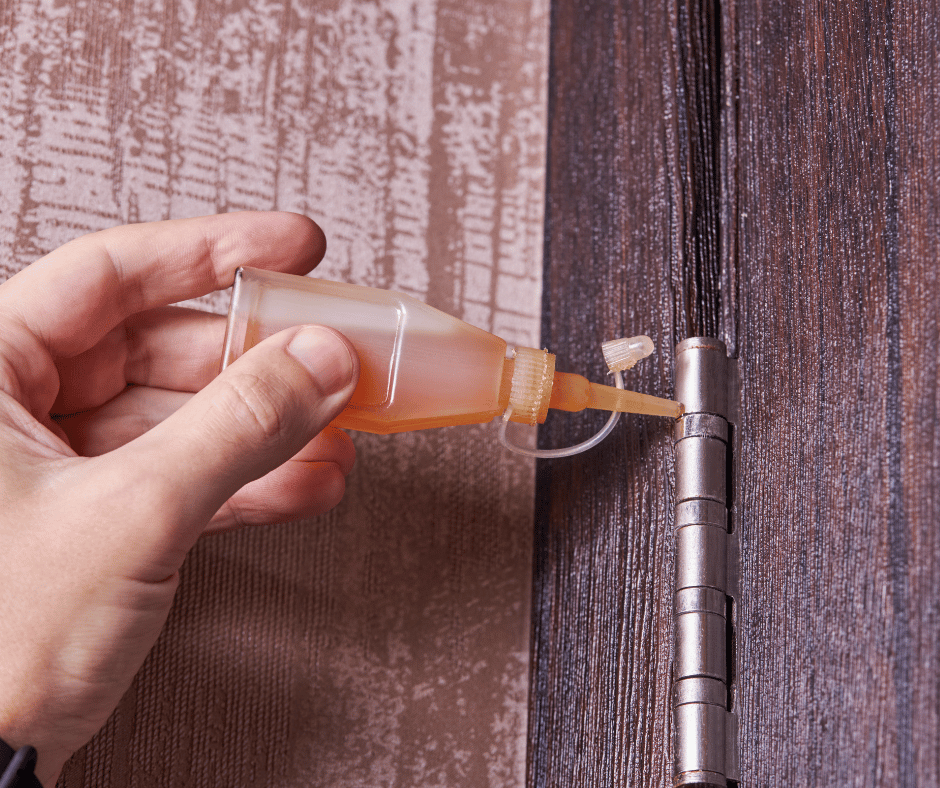
FAQs About Composite Door Problems
What Problems Do Composite Doors Have?
Composite doors are durable and reliable, but they can experience some common issues over time. These include:
- Swelling in Heat: High temperatures can cause the door to expand, making it difficult to open or close.
- Cracking: Impact damage, stress on materials, or poor-quality manufacturing can lead to surface cracks.
- Sticky Locks: Dirt, debris, or misalignment may cause locks to stick or become stiff.
- Draughts: Worn weather seals or poor fitting can result in air leaks, reducing energy efficiency.
These issues are typically easy to fix with regular maintenance and professional care.
Why Do Composite Doors Swell in the Sun?
Composite doors can swell in the sun due to heat absorption. This is more common with darker-coloured doors, which retain more heat. The high temperatures cause the materials in the door to expand, leading to issues with opening, closing, or alignment.
How to Mitigate Swelling:
- Choose lighter-coloured doors that reflect sunlight.
- Install a door canopy or awning to provide shade.
- Adjust hinges to accommodate slight expansions during warmer months.
By taking these preventative steps, you can minimise the risk of swelling and ensure your door operates smoothly.
How Can I Fix Sticky Locks on My Composite Door?
Sticky locks on a composite door are a common issue, but they’re usually easy to fix with the right approach. Start by cleaning the lock to remove any visible dirt or debris from the keyhole and surrounding mechanism. You can use a soft brush or compressed air for this step. Once clean, apply a silicone-based lubricant or graphite spray to the lock. Avoid using oil-based products, as they tend to attract dust and grime, which can worsen the problem over time.
After applying the lubricant, insert the key into the lock and turn it several times. This helps distribute the lubricant evenly throughout the mechanism, ensuring smooth operation. If the lock remains sticky, check its alignment with the door frame. Misalignment can cause locks to stick, so adjust the position of the door or lock as necessary.
If these steps don’t resolve the issue, it may be time to call a professional locksmith or door installer to assess the problem and provide a solution. Regular maintenance, including cleaning and lubrication, can help prevent sticky locks in the future.
How Long Do Composite Doors Last?
Composite doors are designed to last between 20 and 30 years, making them a durable and long-term investment for your home. Their lifespan depends on proper care and maintenance, as well as the quality of the door itself. Built using a combination of materials such as wood, uPVC, and fibreglass, composite doors are highly resistant to wear and tear, ensuring they stay functional and attractive for decades.
To maximise the lifespan of your composite door:
- Clean regularly to remove dirt and grime, preserving the door’s finish.
- Replace weather seals as needed to maintain energy efficiency and prevent draughts.
- Lubricate locks and hinges to ensure smooth operation and prevent sticking.
- Protect from extreme weather by applying UV-resistant coatings or installing a canopy to shield the door from direct sunlight and rain.
Choosing a high-quality composite door from a trusted supplier like Celestial Windows ensures long-term value and performance. With proper maintenance, your composite door can continue to provide security, insulation, and style for decades.
Can You Replace a Composite Door Without Replacing the Frame?
Yes, you can often replace a composite door without replacing the frame, but this depends on the condition of the existing frame. If the frame is structurally sound, free from cracks, warping, or rot, and matches the dimensions of the new door, it can typically be reused. This approach is cost-effective and reduces installation time.
However, a new frame may be required if:
- The frame shows visible damage, such as wear, misalignment, or structural weakness.
- The new door has different size or design specifications that don’t fit the current frame.
To determine whether your frame is suitable for reuse, consult a professional installer. They can assess its condition and recommend the best course of action. Choosing to reuse a compatible frame can save both time and money while ensuring a seamless fit for your new composite door.
Can Composite Doors Be Repaired?
Yes, composite doors can be repaired in many cases. Common repairs include:
- Replacing Weather Seals: Damaged seals can be swapped out to restore airtightness.
- Fixing Sticky Locks: Cleaning and lubricating the locking mechanism often solves this issue.
- Addressing Cracks: Small surface cracks can be filled with specialist composite door repair products.
- Adjusting Misaligned Hinges: Tightening or realigning hinges can resolve door alignment problems.
If the damage is extensive or affects the structural integrity of the door, replacement may be a better option. Consult a professional to assess the extent of the issue.
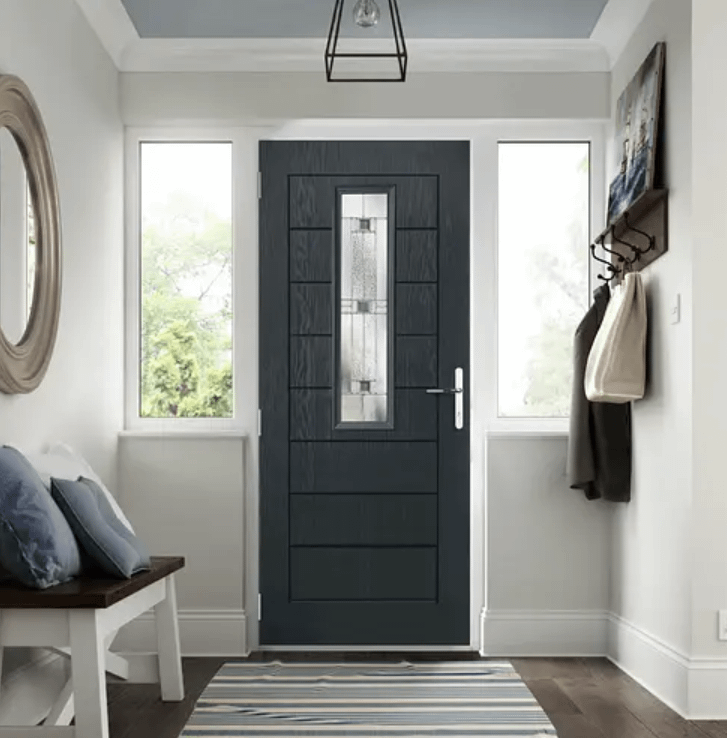
Closing Thoughts
Composite doors are a reliable and stylish option for homeowners, offering durability, energy efficiency, and excellent security. With proper care and maintenance, they can last between 20 and 30 years, retaining their functionality and appearance. While minor issues such as sticky locks, swelling, or draughts can occur, these are manageable with regular upkeep and timely repairs.
Key Points to Remember:
- Regular cleaning and maintenance can prevent common problems.
- Addressing minor issues like worn weather seals or misaligned hinges early can save money in the long run.
- Composite doors are a long-term investment, combining aesthetics and practicality to enhance your home.
At Celestial Windows, we offer high-quality composite doors designed to last. Our products are built to withstand the challenges of everyday use and the unpredictable UK weather. With our professional installation and 10-year guarantee, you can enjoy peace of mind and lasting value.
If you’re considering a composite door or need expert advice on maintenance and repairs, get in touch with Celestial Windows today. Our team is here to help you find the perfect solution for your home. Contact us now for a free, no-obligation consultation.

